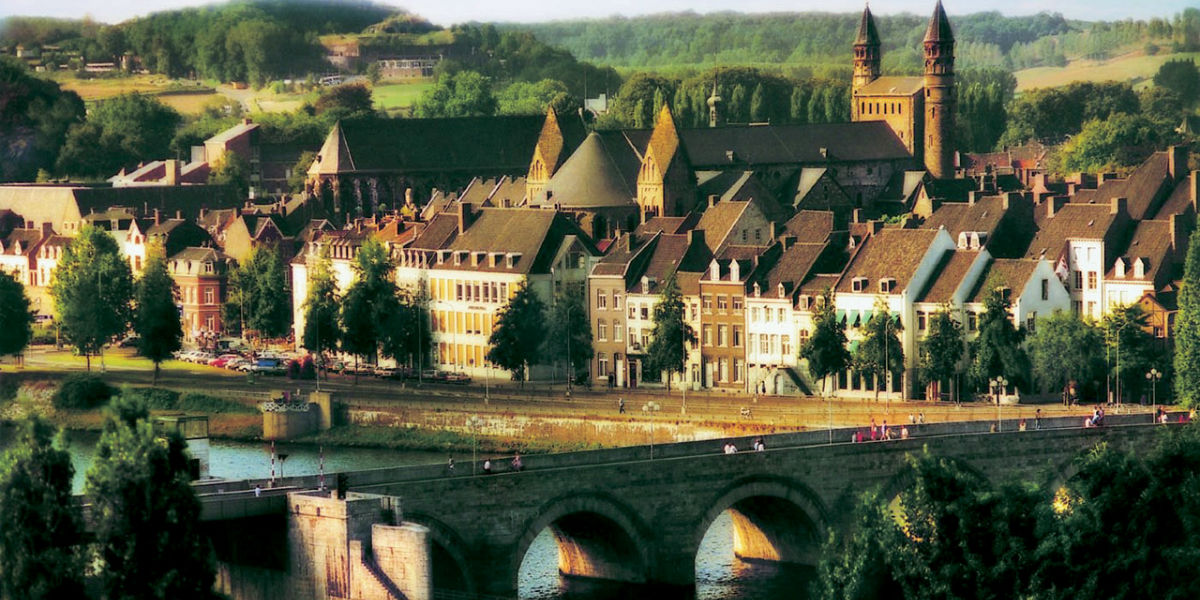Language
Luxembourg always disputes with its neighbors – Germany, France and Belgium – whether was it able to maintain its distinct culture on the border of the Romanesque and Germanic cultural space or not. This particularly applies to the language. Luxembourgers proudly speak their language – Luxembourgish (“Lёttsebyurgesh”) – a Mosel-Frankish dialect. Along with the business language (French) widespread German language enjoys complete equality. Almost a quarter of the total population are foreigners.
Brief historical background
In 963, Count Siegfried erected the fortress Lutsiliburhuk (subsequently called Lyuttselburg which means “a small fortress”) on the site of the fish market, at the intersection of the former Roman roads. This fortress was the core of the modern city of Luxembourg and the family nest of Luxembourgian counts. Luxembourg was proclaimed the Grand Duchy within the German Confederation during the Viennese Congress of 1814-1815. Luxembourg has been preserving existing borders since 1839.
In the United Europe
1948 – Luxembourg abandoned its neutrality and began to play an active role in the European political integration again.
1949 – the country joined NATO.
1951 – Luxembourg became the residence of Coal and Steel Community.
1957 – joined the European Economic Community (Common Market).
1958 – Luxembourg, together with the Netherlands and Belgium formed a customs and economic union called “Benelux”.
1966 – Luxembourg appeared as one of the most important centers of Europe.
1995 – the city of Luxembourg became the European Capital of Culture



